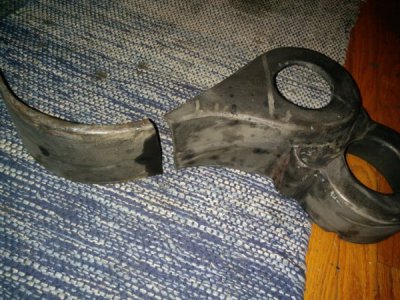I have a few cast iron parts that I would like to attempt repairing. I have little experience working with cast iron and I'm not sure what method would be best for repairing certain parts.
I've got 2 things I need repaired
1. Is a cast iron cover that broke in half it is a clean brake though and fits together nicely
2. I have a few gears that need a new tooth or 2
So what method would u guys recommend for each part and why? I'm just trying to learn so the more info the better! Also if anyone has any links to some guides for the method recommended that would be great to!
I've got 2 things I need repaired
1. Is a cast iron cover that broke in half it is a clean brake though and fits together nicely
2. I have a few gears that need a new tooth or 2
So what method would u guys recommend for each part and why? I'm just trying to learn so the more info the better! Also if anyone has any links to some guides for the method recommended that would be great to!


